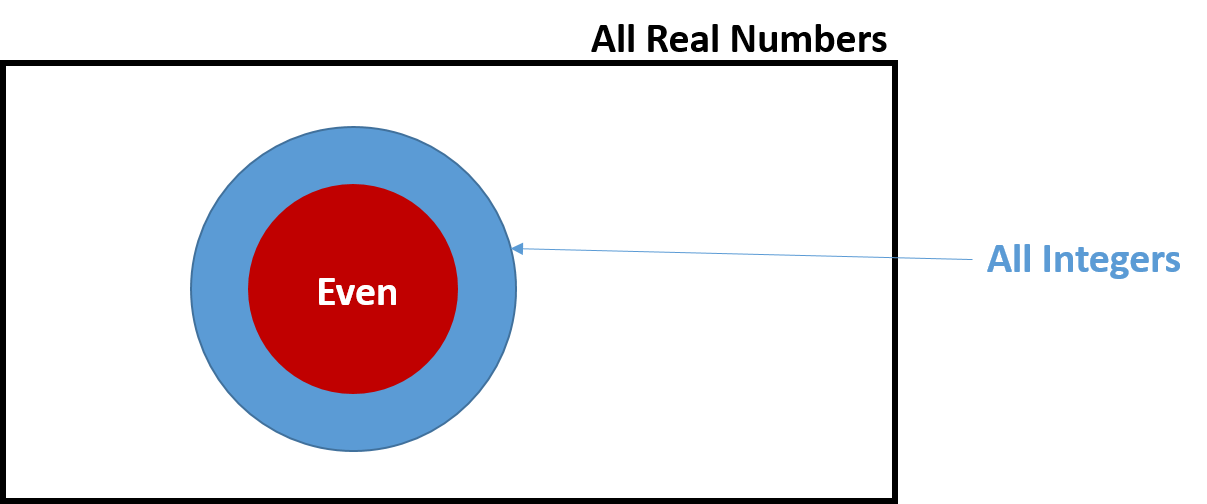Events & Promotions
|
|

GMAT Club Daily Prep
Thank you for using the timer - this advanced tool can estimate your performance and suggest more practice questions. We have subscribed you to Daily Prep Questions via email.
Customized
for You
Track
Your Progress
Practice
Pays
Not interested in getting valuable practice questions and articles delivered to your email? No problem, unsubscribe here.
- Nov 20
07:30 AM PST
-08:30 AM PST
Learn what truly sets the UC Riverside MBA apart and how it helps in your professional growth - Nov 22
11:00 AM IST
-01:00 PM IST
Do RC/MSR passages scare you? e-GMAT is conducting a masterclass to help you learn – Learn effective reading strategies Tackle difficult RC & MSR with confidence Excel in timed test environment - Nov 23
11:00 AM IST
-01:00 PM IST
Attend this free GMAT Algebra Webinar and learn how to master the most challenging Inequalities and Absolute Value problems with ease. - Nov 25
10:00 AM EST
-11:00 AM EST
Prefer video-based learning? The Target Test Prep OnDemand course is a one-of-a-kind video masterclass featuring 400 hours of lecture-style teaching by Scott Woodbury-Stewart, founder of Target Test Prep and one of the most accomplished GMAT instructors.
Kudos
Bookmarks
Not wanting to find excuses, but I do think that statement 1 is wrongly phrased. Epsecially since the gmat is quite strict in verbal, when it comes to meaning!
So, for me, "m is not an even integer" means that it is an integer that is not even. Otherwise, it should have been: m is not even. Then it can be whatever - integer or not - as long as it is not even. Then, the question stem would make sense:
The stem says "If m is an integer, is m odd?", which means: in the case than m is an integer, is it odd? So, it leaves some space on m being an integer or not.
Reading [1], you actually read "m is an integer that is not odd", because "not an even" describes the word integer. So, the adjective "even" describes the word "integer". "Not even" is also used as an adjective, and it still describes the word "integer". This does not leave any space for confusion: m should be an integer.
If a verbal genius is around perhaps he/she could refute this argument! Haha!
So, for me, "m is not an even integer" means that it is an integer that is not even. Otherwise, it should have been: m is not even. Then it can be whatever - integer or not - as long as it is not even. Then, the question stem would make sense:
The stem says "If m is an integer, is m odd?", which means: in the case than m is an integer, is it odd? So, it leaves some space on m being an integer or not.
Reading [1], you actually read "m is an integer that is not odd", because "not an even" describes the word integer. So, the adjective "even" describes the word "integer". "Not even" is also used as an adjective, and it still describes the word "integer". This does not leave any space for confusion: m should be an integer.
If a verbal genius is around perhaps he/she could refute this argument! Haha!
Kudos
Bookmarks
okay..got it..we don't have to consider fraction when we talk about Even and ODD. How about negative integer? Can we exclude it too for Odd and Even Qs? Thanks
Kudos
Bookmarks
katzzzz
1. An even number is an integer that is "evenly divisible" by 2, i.e., divisible by 2 without a remainder. Even integers are: ..., -6, -4, -2, 0, 2, 4, 6, 8, ...
2. An odd number is an integer that is not evenly divisible by 2: ..., -5, -3, -1, 1, 3, 5, ...
Theory on Number Properties: math-number-theory-88376.html
Tips on Number Properties: number-properties-tips-and-hints-174996.html
All DS Number Properties Problems to practice: search.php?search_id=tag&tag_id=38
All PS Number Properties Problems to practice: search.php?search_id=tag&tag_id=59
Tips on Number Properties: number-properties-tips-and-hints-174996.html
All DS Number Properties Problems to practice: search.php?search_id=tag&tag_id=38
All PS Number Properties Problems to practice: search.php?search_id=tag&tag_id=59












